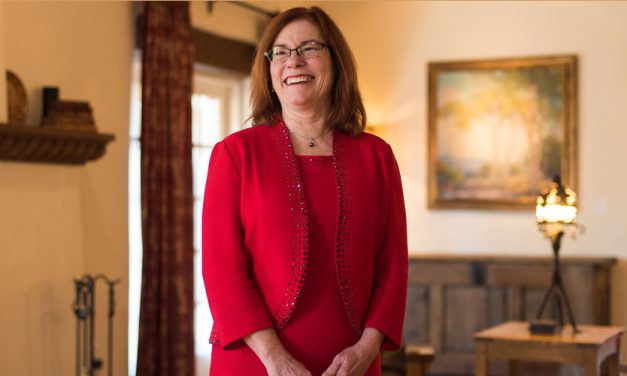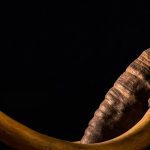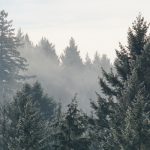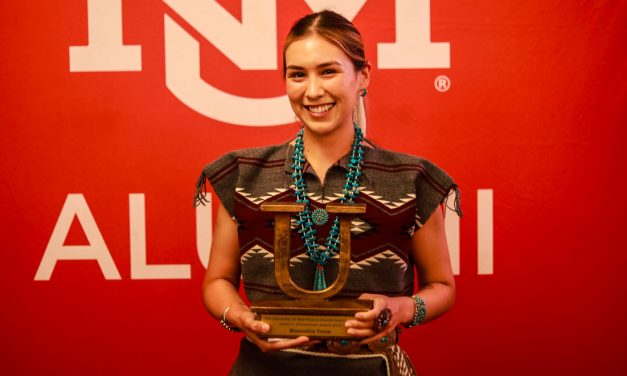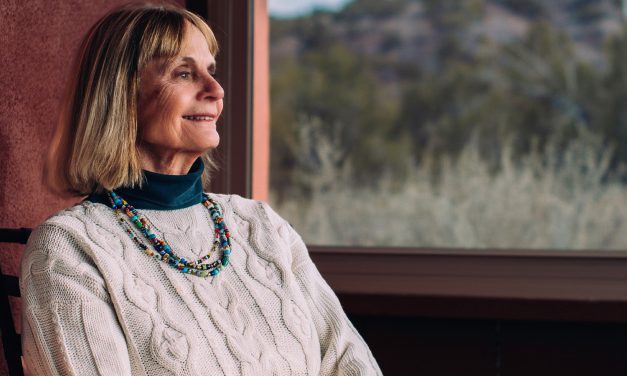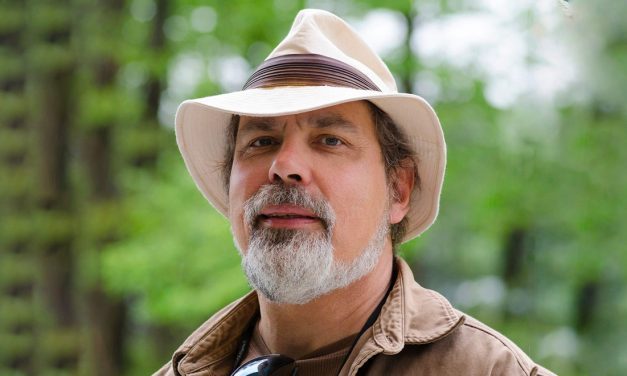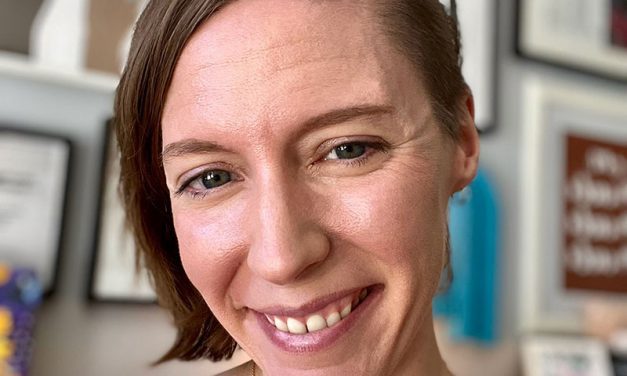
Regrowing Forests
The survival rate of conifer seedlings planted after wildfires in the arid Southwest is typically low.
A team of scientists at The University of New Mexico is looking at how climate and topographic, biotic and microclimate factors affect the success of reforestation, a critical component of ongoing forest health, according to Christopher Marsh, a research assistant professor in UNM’s Department of Biology, and author of the paper , Planted seedling survival in a post-wildfire landscape: from experimental planting to predictive probabilistic surfaces, published in the journal Forest Ecology and Management.
“Across the Southwest, and particularly here in New Mexico, in recent years we have experienced several high-severity wildfires, and they’re getting larger, as we saw with the Hermits Peak and Calf Canyon fires earlier this year,” Marsh said. “The really big areas of high-severity heat will not have seeds for trees to regenerate.”
A team led by Marsh and doctoral candidate Joseph Crockett planted 2,000 ponderosa pine, piñon, Southwestern white pine and Douglas-fir tree seedlings in the footprint of the 2011 Las Conchas fire in northern New Mexico. The seedlings were planted in 2016 and 2017 and monitored over a three-year period, along with microclimate data, such as air temperature at the height of the seedlings.
They found that topographical features that help reduce the amount of solar radiation, such as north-facing slopes, and those that tend to aggregate water, such as depressions in the ground, led to increased survival.
Campus Connections
LatestPresident Re-Upped
It is another three years for Garnett S. Stokes at the helm of The University...
Spring 2023 Mirage Magazine Features
In a Place Where We Can Celebrate
Diné filmaker Shaandiin Tome turns her lens to native people…
Read MoreAnne Hillerman Carries On A Family Tradition
UNM Alum expands on her father’s literary legacy…
Read MoreCreating a Home for the Arts
UNM’s second-largest college is poised to move onto Central Avenue…
Read MoreKnow What You Want and Persevere
Triple alumna followed her dream from Vietnam to a doctor of nursing…
Read MoreProbing the Centaurs
NASA’s newly employed James Webb Space Telescope is reaching ever deeper…
Read MoreMy Alumni Story: Erin Barringer-Sterner
When I was in high school, my family relocated to Rio Rancho…
Read More

